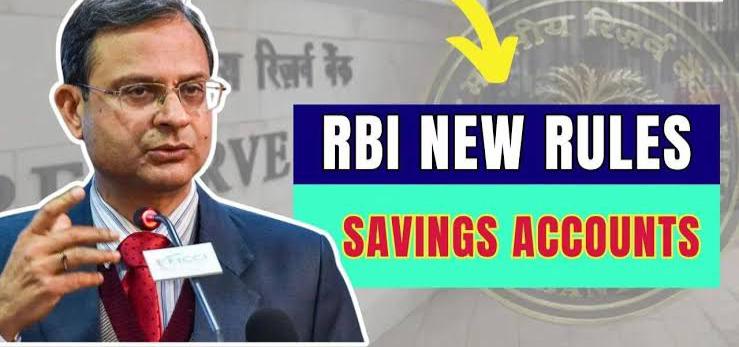From October 21, the Reserve Bank of India has clarified and nudged banking norms affecting savings accounts: banks now have latitude to set minimum balance rules, ATM fee structures have been standardised, and Basic Savings Bank Deposit Account (BSBDA) holders get expanded digital access. Expect more transparency from banks on charges and free-transaction limits.
Context and why it matters
The RBI’s recent guidance signals a shift from one-size-fits-all regulation toward clearer consumer protections and bank-level flexibility. Instead of mandating a single minimum balance, the central bank has reiterated that individual banks can set Minimum Average Balance (MAB) levels—but customers must be told in a transparent, non-discriminatory way. At the same time, the RBI has preserved key consumer safeguards for basic accounts and pushed for clearer, fairer ATM and digital-fee disclosure.
Key highlights:
-
Minimum Balance Flexibility: Banks can define minimum monthly/quarterly balance requirements for different types of savings accounts, including metro, urban and rural variants. The RBI emphasises that this is an operational decision for banks, not a uniform rule from the central bank. Expect banks to publish MAB slabs and penalty matrices clearly.
-
ATM Charges Standardisation: ATM transaction charges after free limits have been adjusted at the industry level (recent updates set the per-transaction surcharge in the low-₹20s range for out-of-limit withdrawals). Customers should check their bank’s fee schedule and track monthly free ATM counts to avoid surprise charges.
-
BSBDA Protections Strengthened: Basic Savings Bank Deposit Accounts continue to enjoy core protections—no minimum balance requirement and at least four free withdrawals per month (across modes including ATM and electronic debits). RBI has expanded digital banking access for these account holders, including internet banking and transfers, without extra charges in many cases.
-
Transparency and Reasonable Pricing: If banks charge beyond free limits (extra withdrawals, cheque books, replacement cards), pricing must be reasonable, non-discriminatory and clearly communicated. RBI expects banks to place updated tariff sheets on websites and notify customers by SMS/email.
-
Impact on Consumers and Banks: Consumers should review account terms now—switch to Basic or zero-MAB accounts if they want fee relief; banks may re-segment products (low-fee vs premium) more aggressively. For banks, the move allows better margin management but raises the onus of customer communication and fair-pricing compliance.
Practical tips for account holders
-
Check your bank’s MAB and penalty table immediately; consider switching to BSBDA if you want zero MAB.
-
Track free ATM transactions monthly; use cash-back or partner-bank ATMs to avoid fees.
-
Opt for e-statements and alerts so banks can’t claim “you weren’t informed.”
-
If charged unexpectedly, escalate via the bank’s grievance portal and the RBI ombudsman if unresolved.
Bottom line
RBI’s direction balances bank flexibility with consumer safeguards: charges and balances will be more varied, but transparency and baseline protections (especially for basic accounts) are stronger. Smart customers who read their bank’s tariff sheet will avoid most surprises.
Sources: Reserve Bank of India (RBI FAQs on savings/BSBDA), Economic Times, Times of India, BankBazaar

